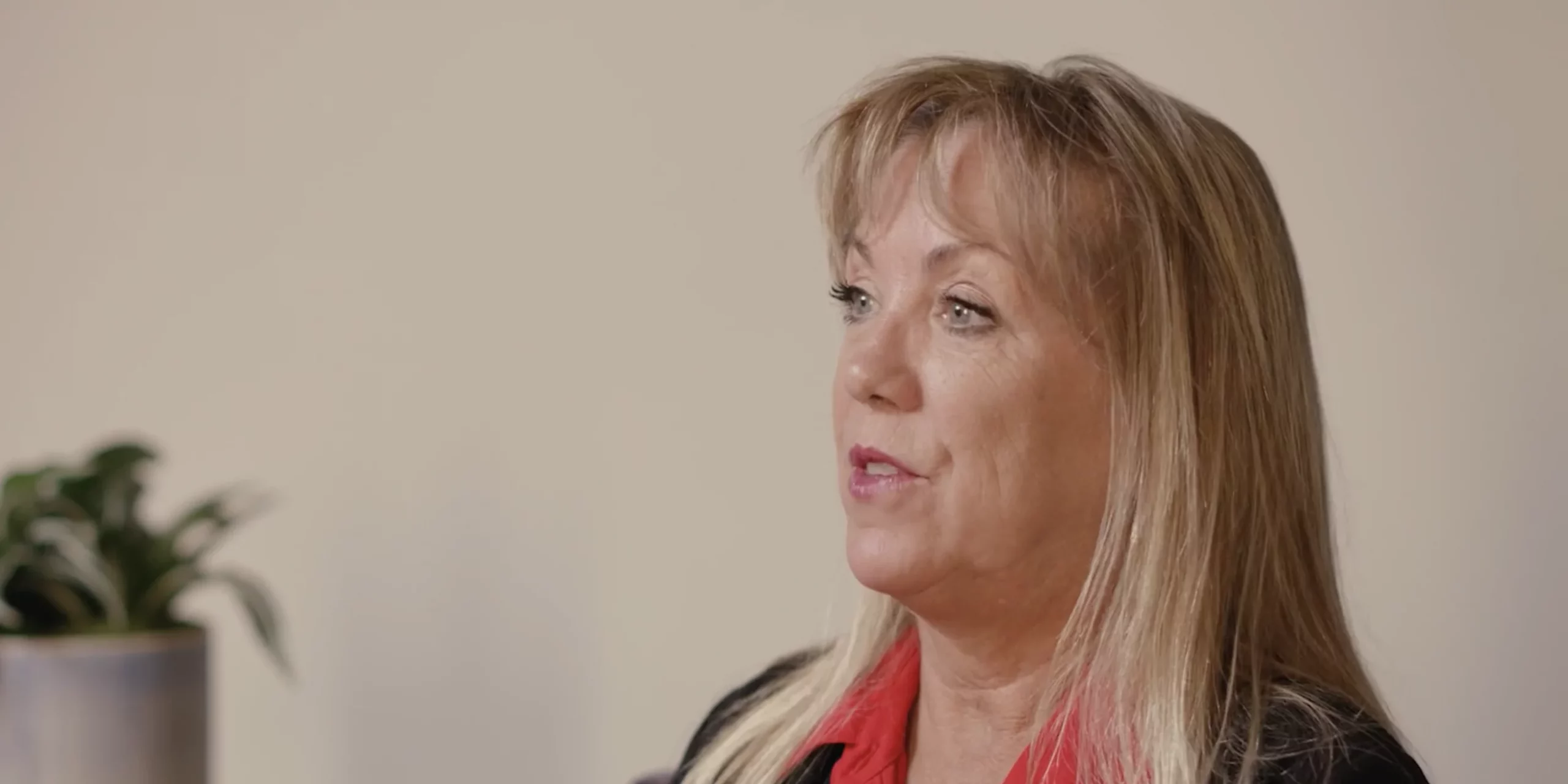As the anchor hospital of Chesapeake Regional Healthcare, which has nearly 40 practice locations throughout Virginia and North Carolina, Chesapeake Regional is an independent, 310-bed hospital built tax dollars from the residents of Chesapeake, Virginia.
The main hospital’s Director of Care Management, Jan Trevillian, wears many hats, including discharge planning, denial management, and managing the Hope program (which deals with interpersonal violence). Yet it is perhaps her love of utilization review (UR) that is her favorite hat. It is through UR that she is able to better serve the community as an effective steward of taxpayer funds. With her passionate and comprehensive approach, Jan discovered that there was a big area for improvement in her hospital’s UR program to prevent claim denials and ensure that proper care was delivered at the right time.
Chesapeake left $1.2 million on the table in just one year, according to Jan’s evaluation.
She says this was due to missing opportunities to get the correct patient status in the first 24 hours, leaving inpatient-only procedures as outpatient, and because her staff couldn’t code in real-time, not to mention UR nurses are not historically trained to code.
Xsolis was the only vendor who delivered on her need to get status right earlier on, in real-time, with alerts if patients weren’t in the correct status. In their first week of training on Xsolis Dragonfly Platform, formerly known as CORTEX, Jan and her team caught three procedures in the incorrect status.
Getting it right … from the start
“There’s a tremendous cost savings to get patient status right in the very beginning,” said Jan. By three weeks in, they knew they wanted to stop conducting reviews in their previous solution, moving solely to the Xsolis platform.
Seven years later, Jan has worked with the Xsolis team to expand their savings and benefits to several other, key areas.
- With Xsolis’ proprietary Care Level Score™ (CLS™), it is no longer necessary to hunt and peck through EMRs to determine medical necessity. The result? More efficient and accurate depictions of a patient’s clinical condition.
- Constantly updated in real-time with alerts as a patient’s condition changes, Jan’s UR nurse team says Xsolis gives them two hours back in their day. This was a very proactive win prior to COVID, as the country has been suffering from nurse staffing shortages ever since. Clinical resources can be reallocated – as in Jan’s case, moving them to discharge planning, a more patient-centered activity.
- They were able to reduce the number of outside reviews they sent by adopting Xsolis’ Physician Advisory Services. “We do not have internal physician advisors, so the expertise of the outside physician advisor team is very welcomed and well-received,” said Jan. “The guidance Xsolis has brought to the table in knowing when to appeal versus not has brought a comfort level and a solid understanding of what we can do to recoup our money.”
- According to Jan, when you get the status right up front and you have the tools to appeal, you also naturally experience fewer denials, as Chesapeake Regional has achieved over the past seven years. Denials rose in 2022, as they did across the nation, but through Xsolis’ consultative Denials Management Services, Jan and her team know where to pursue and win these cases.
- Nationally, the length of stay has continued to suffer due to staffing challenges in the home health industry – there are not enough caregivers and facilities with open beds. “Nobody is talking about length of stay as a longer-term problem,” said Jan, referring to the ongoing staffing challenges with skilled nursing facility (SNF) placements, “but we had the right technology tools, reporting and notifications in place with Xsolis ahead of time, which has made our pandemic recovery efforts more actionable and accelerated.” Gains that Jan’s team experienced pre-pandemic with reduction in length of stay (LOS) rate and right-sized observation (OBS) rates will continue to be areas of focus for recovery, she says, while adding that even during a turbulent 2021, “Xsolis helped the hospital to stay in a positive margin.”
“Hospital and health plan leaders are all struggling with the same things – to create more efficiencies, improve the bottom line, improve the payer-provider dynamic, and we have achieved all of these with Xsolis and more,” said Jan.
“The value that Xsolis has brought to the table and the efficiencies we have gained for our hospital in the last seven years have been remarkable.”
Hear more from Jan in the interview below or read their case study to learn more.
